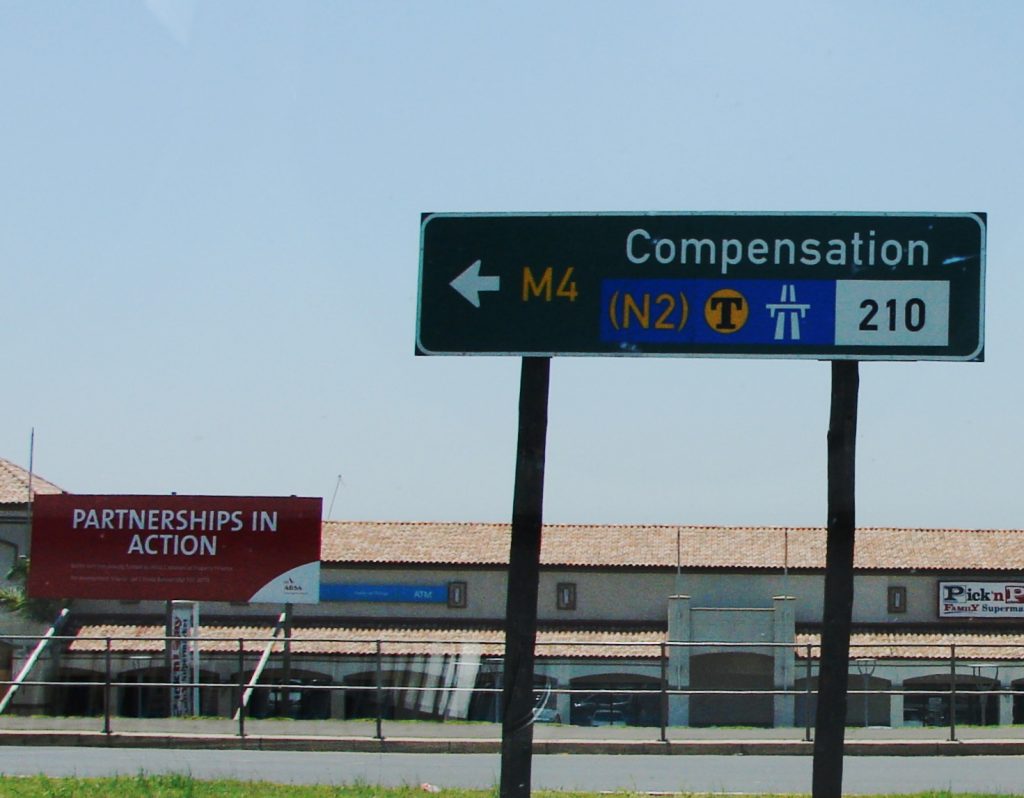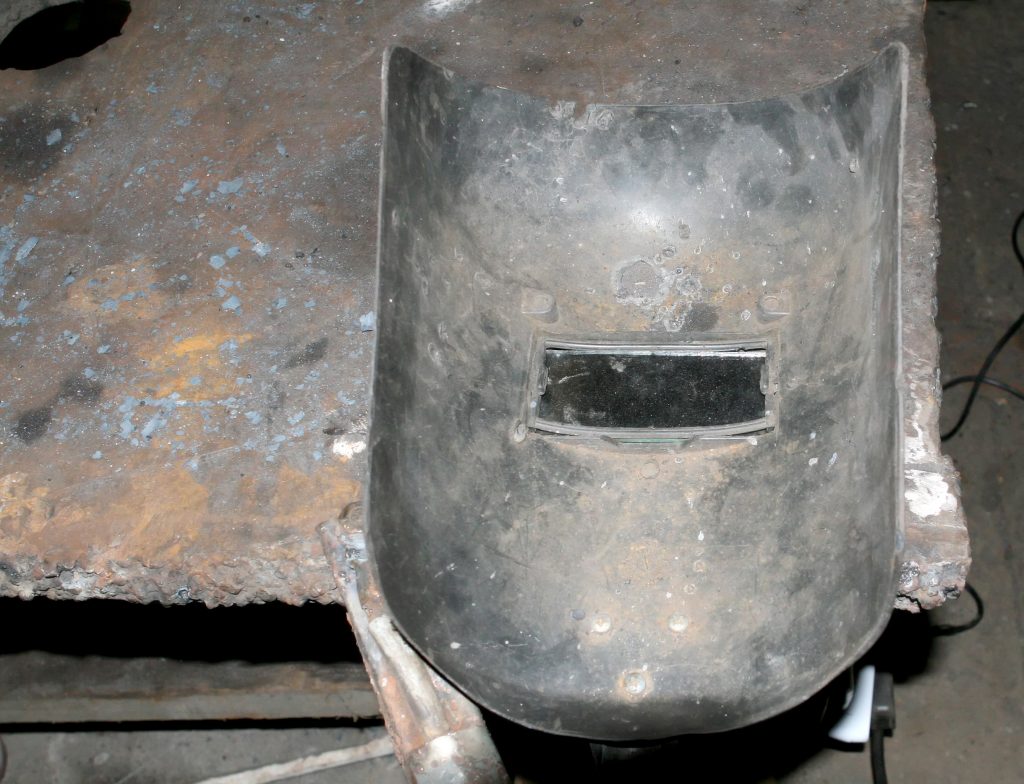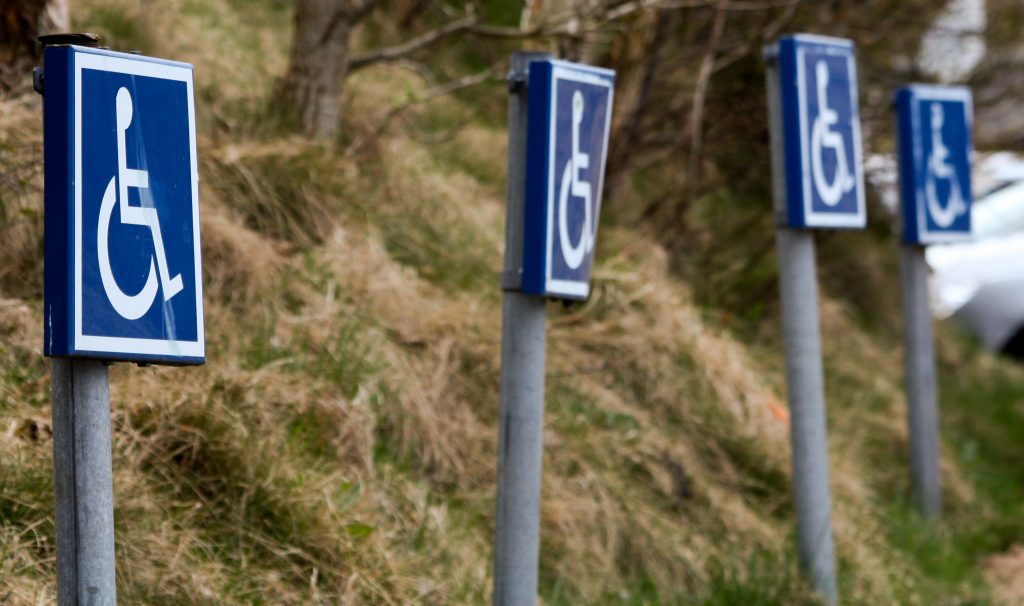 In any lawsuit, the party seeking relief must carry its burden by proving every element of the claim or claims which it has raised. By doing so, the party satisfies to the court that it is entitled to the relief which it seeks. One such element pivotal to all claims for workers’ compensation benefits is that the alleged injury arose out of and during employment. Proving a work-related injury solely on the injured person’s testimony can, however, doom a workers’ compensation case. This is a lesson that workers’ compensation claimant Isaac Garcia, who worked for Rouses Market in Metairie, Louisiana, learned the hard way.
In any lawsuit, the party seeking relief must carry its burden by proving every element of the claim or claims which it has raised. By doing so, the party satisfies to the court that it is entitled to the relief which it seeks. One such element pivotal to all claims for workers’ compensation benefits is that the alleged injury arose out of and during employment. Proving a work-related injury solely on the injured person’s testimony can, however, doom a workers’ compensation case. This is a lesson that workers’ compensation claimant Isaac Garcia, who worked for Rouses Market in Metairie, Louisiana, learned the hard way.
In early November of 2013, Mr. Garcia filed a claim for failure to pay benefits, naming both Rouses Enterprises, Inc., as well as its insurer, Strategic Comp, for a work-related injury he allegedly sustained while working for Rouses Market in Metairie. Mr. Garcia claimed that on September 15, 2013, while moving a box during work he felt a sharp and immediate pain, beginning in his wrist and right thigh, and radiating to his lower back. The incident was not witnessed by anyone other than Mr. Garcia himself. Mr. Garcia returned to work for a brief period, but left work shortly after the incident. Mr. Garcia failed to inform his supervisor of the injury out of fear of termination. This was in direct violation of Rouses’ policy which required all on the job injuries to be reported immediately.
In the days that followed, Mr. Garcia spoke with his supervisor over the phone but again failed to mention the injury sustained on September 15. On September 20, the day before Mr. Garcia’s next shift, the pain had escalated to the point that Mr. Garcia considered seeking medical attention at the emergency room, but decided to consult an attorney first. The attorney referred Mr. Garcia to a doctor who found Mr. Garcia’s condition consistent with lumbar disc displacement. Mr. Garcia saw a second doctor in relation to medication for pain management. Finally, on September 24, 2013, more than a week after Mr. Garcia’s injury and subsequent to seeking medical treatment, Mr. Garcia returned to Rouses and filled out an accident report in relation to the September 15 injury. Yet Mr. Garcia failed to disclose neck and back injuries he sustained approximately a year and a half prior to being hired by Rouses. Ultimately, Rouses and Strategic Comp denied Mr. Garcia any form of workers’ compensation benefits. The claim was submitted to the Workers’ Compensation Judge (“WCJ”) who found Mr. Garcia was not entitled to benefits, a decision which was later upheld by the Louisiana Fifth Circuit Court of Appeal.
 When you get hurt on the job, it is common to seek workers’ compensation benefits to help with the costs of your injury. However, the employer will likely at some point seek to diminish or cease payment altogether. In a recent case out of the Parish of Calcasieu, we learn just how far an employer must go in helping a former employee find a replacement job before reducing benefits.
When you get hurt on the job, it is common to seek workers’ compensation benefits to help with the costs of your injury. However, the employer will likely at some point seek to diminish or cease payment altogether. In a recent case out of the Parish of Calcasieu, we learn just how far an employer must go in helping a former employee find a replacement job before reducing benefits.  Louisiana Personal Injury Lawyer Blog
Louisiana Personal Injury Lawyer Blog


 It’s always bad when you get injured. But it is even worse when you have no insurance coverage for that injury. Recently, a St. Tammany Parish man experienced both incidents when he was injured on the job and realized that his employers were not covered by workers’ compensation insurance.
It’s always bad when you get injured. But it is even worse when you have no insurance coverage for that injury. Recently, a St. Tammany Parish man experienced both incidents when he was injured on the job and realized that his employers were not covered by workers’ compensation insurance. Often, the facts of a lawsuit are unclear. One strategy that lawyers often use to prove their version of events is to use an expert witness to corroborate their side’s story. Expert witnesses are individuals who possess knowledge in a field or area that the average person knows little to nothing about. Frequently, both sides in a lawsuit end up utilizing experts who often times have differing opinions about the facts surrounding the lawsuit. But how does a judge or jury determine which expert is correct? Recently, the Fifth Circuit Court of Appeal for the State of Louisiana addressed these questions in a workers’ compensation case.
Often, the facts of a lawsuit are unclear. One strategy that lawyers often use to prove their version of events is to use an expert witness to corroborate their side’s story. Expert witnesses are individuals who possess knowledge in a field or area that the average person knows little to nothing about. Frequently, both sides in a lawsuit end up utilizing experts who often times have differing opinions about the facts surrounding the lawsuit. But how does a judge or jury determine which expert is correct? Recently, the Fifth Circuit Court of Appeal for the State of Louisiana addressed these questions in a workers’ compensation case. When an employee is injured in the course of his or her job, then the employee will receive wage replacement and medical benefits in the form of workers’ compensation. Workers’ compensation takes the place of a lawsuit an employee can bring when he or she is injured on the job by someone’s negligence. Because employers are responsible for providing a safe work environment, it stands to reason that employers are responsible when that environment is unsafe. While workers’ compensation provides a necessary service to injured workers, there are always those who would try to take advantage of the system. This struggle to try to provide for those who are legitimately injured while at work and deny claims for those who try to defraud the system gives rise to a complex body of law. One reoccurring issue that often surfaces in workers’ compensation cases is whether an employee is injured while on the job. Recently, the Fifth Circuit Court of Appeal examined this issue when determining whether an employee for a pool table installing company injured his back while on the job.
When an employee is injured in the course of his or her job, then the employee will receive wage replacement and medical benefits in the form of workers’ compensation. Workers’ compensation takes the place of a lawsuit an employee can bring when he or she is injured on the job by someone’s negligence. Because employers are responsible for providing a safe work environment, it stands to reason that employers are responsible when that environment is unsafe. While workers’ compensation provides a necessary service to injured workers, there are always those who would try to take advantage of the system. This struggle to try to provide for those who are legitimately injured while at work and deny claims for those who try to defraud the system gives rise to a complex body of law. One reoccurring issue that often surfaces in workers’ compensation cases is whether an employee is injured while on the job. Recently, the Fifth Circuit Court of Appeal examined this issue when determining whether an employee for a pool table installing company injured his back while on the job. Accidents can happen at any time, even at work. Sometimes these accidents can aggravate a pre-existing injury. In a claim for workers’ compensation benefits, employers may use the existence of an old injury to deny payment of benefits despite a clear work accident with medical repercussions. This was the case for a government employee in Winnsboro, Louisiana.
Accidents can happen at any time, even at work. Sometimes these accidents can aggravate a pre-existing injury. In a claim for workers’ compensation benefits, employers may use the existence of an old injury to deny payment of benefits despite a clear work accident with medical repercussions. This was the case for a government employee in Winnsboro, Louisiana.  In any lawsuit, the party seeking relief must carry its burden by proving every element of the claim or claims which it has raised. By doing so, the party satisfies to the court that it is entitled to the relief which it seeks. One such element pivotal to all claims for workers’ compensation benefits is that the alleged injury arose out of and during employment. Proving a work-related injury solely on the injured person’s testimony can, however, doom a workers’ compensation case. This is a lesson that workers’ compensation claimant Isaac Garcia, who worked for Rouses Market in Metairie, Louisiana, learned the hard way.
In any lawsuit, the party seeking relief must carry its burden by proving every element of the claim or claims which it has raised. By doing so, the party satisfies to the court that it is entitled to the relief which it seeks. One such element pivotal to all claims for workers’ compensation benefits is that the alleged injury arose out of and during employment. Proving a work-related injury solely on the injured person’s testimony can, however, doom a workers’ compensation case. This is a lesson that workers’ compensation claimant Isaac Garcia, who worked for Rouses Market in Metairie, Louisiana, learned the hard way. Workers’ compensation pays for an employee’s medical expenses and lost wages when an employee is injured on the job. But what happens when an employee is injured while performing his or her job in a manner not approved of by the employer? Recently, a Court of Appeal for the State of Louisiana addressed this issue in a case involving a man from St. Landry Parish.
Workers’ compensation pays for an employee’s medical expenses and lost wages when an employee is injured on the job. But what happens when an employee is injured while performing his or her job in a manner not approved of by the employer? Recently, a Court of Appeal for the State of Louisiana addressed this issue in a case involving a man from St. Landry Parish. Under Louisiana law, an employee who is injured while on the job is entitled to “vocational rehabilitation services” (services that help an individual overcome his or her own physical or mental disability in order for that individual to return to work) provided by a vocational rehabilitation counselor.
Under Louisiana law, an employee who is injured while on the job is entitled to “vocational rehabilitation services” (services that help an individual overcome his or her own physical or mental disability in order for that individual to return to work) provided by a vocational rehabilitation counselor.  Be it alleged abuses in the welfare system or lying on their tax return, individuals abusing the system has been a hot button issue for the past couple of years. But what happens when someone gets caught? How does the law handle the people who abuse the system? Recently, a Louisiana Court of Appeal held that concealing previous injuries resulted in a forfeiture of workers’ compensation benefits (insurance that pays wages and medical costs for an injury occurring while at work) and the payment of restitution (compensation ordered by the court for restoration of money to its rightful owner) for a Saint Martinville concrete finishing business owner.
Be it alleged abuses in the welfare system or lying on their tax return, individuals abusing the system has been a hot button issue for the past couple of years. But what happens when someone gets caught? How does the law handle the people who abuse the system? Recently, a Louisiana Court of Appeal held that concealing previous injuries resulted in a forfeiture of workers’ compensation benefits (insurance that pays wages and medical costs for an injury occurring while at work) and the payment of restitution (compensation ordered by the court for restoration of money to its rightful owner) for a Saint Martinville concrete finishing business owner. Accidents in the workplace can rob one of the ability to work or even do simple daily tasks. The system of workers’ compensation exists to ensure that injured workers are compensated for their injuries. However, certain rules exist to ensure money is distributed efficiently. In a recent case out of Opelousas, the Louisiana Third Circuit Court of Appeal confronted the rules governing permanent or temporary disability status.
Accidents in the workplace can rob one of the ability to work or even do simple daily tasks. The system of workers’ compensation exists to ensure that injured workers are compensated for their injuries. However, certain rules exist to ensure money is distributed efficiently. In a recent case out of Opelousas, the Louisiana Third Circuit Court of Appeal confronted the rules governing permanent or temporary disability status.